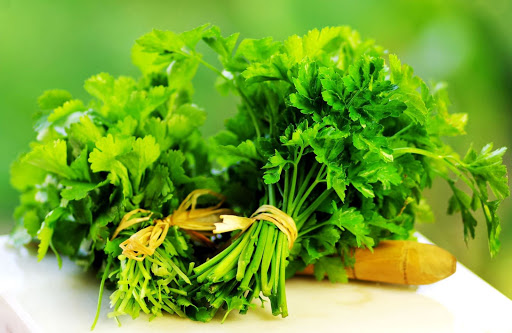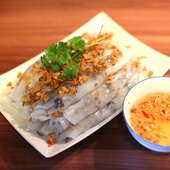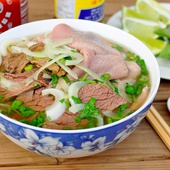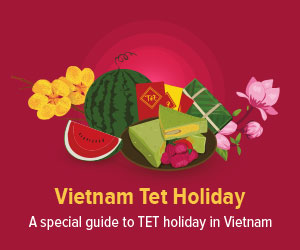Vietnamese Cilantro
Other names: Cilantro, Chinese coriander, coriander, yan sui
Botanical name: Coriandrum sativum
Rau mùi Vietnamese cilantro
Popular in both Central American and Southeast Asian cuisines, this variant of cilantro is often characterized by thinner stems and lighter green leaves. Rau mùi is predominantly cultivated in the cooler months in northern regions of Vietnam, as well as in temperate areas such as Đà Lạt. Photo: thuvienxanh.com
Photo: thuvienxanh.com
Use: Rau mùi, also known as ngò, is extensively used in Vietnamese cooking, whether chopped or served with whole leaves and stems. This herb is commonly used as a garnish for fried dishes, stir-fries, and stews, enhancing the freshness of meat-based meals. Additionally, it is often combined with other herbs and lettuce to be served fresh, adding a burst of flavor to various dishes.
Medicinal Use: Like many other herbs, Rau mùi is utilized in traditional medicine to alleviate minor ailments. For instance, it has been traditionally used in Vietnam to help reduce cholesterol levels, combat bad breath, promote digestive health through enzyme production, and stabilize blood sugar, among various other benefits.

Vietnamese Fruits - An Overview
Being geographically located in the tropical zone, Vietnam is truly a heaven when it comes to fruits.

Vietnamese Cakes - A Closer Look At Vietnam's Most Varied Food
An overview to the different types of cake in Vietnam.

Vietnamese Noodles - An Overview
An introduction to Vietnamese noodles.








